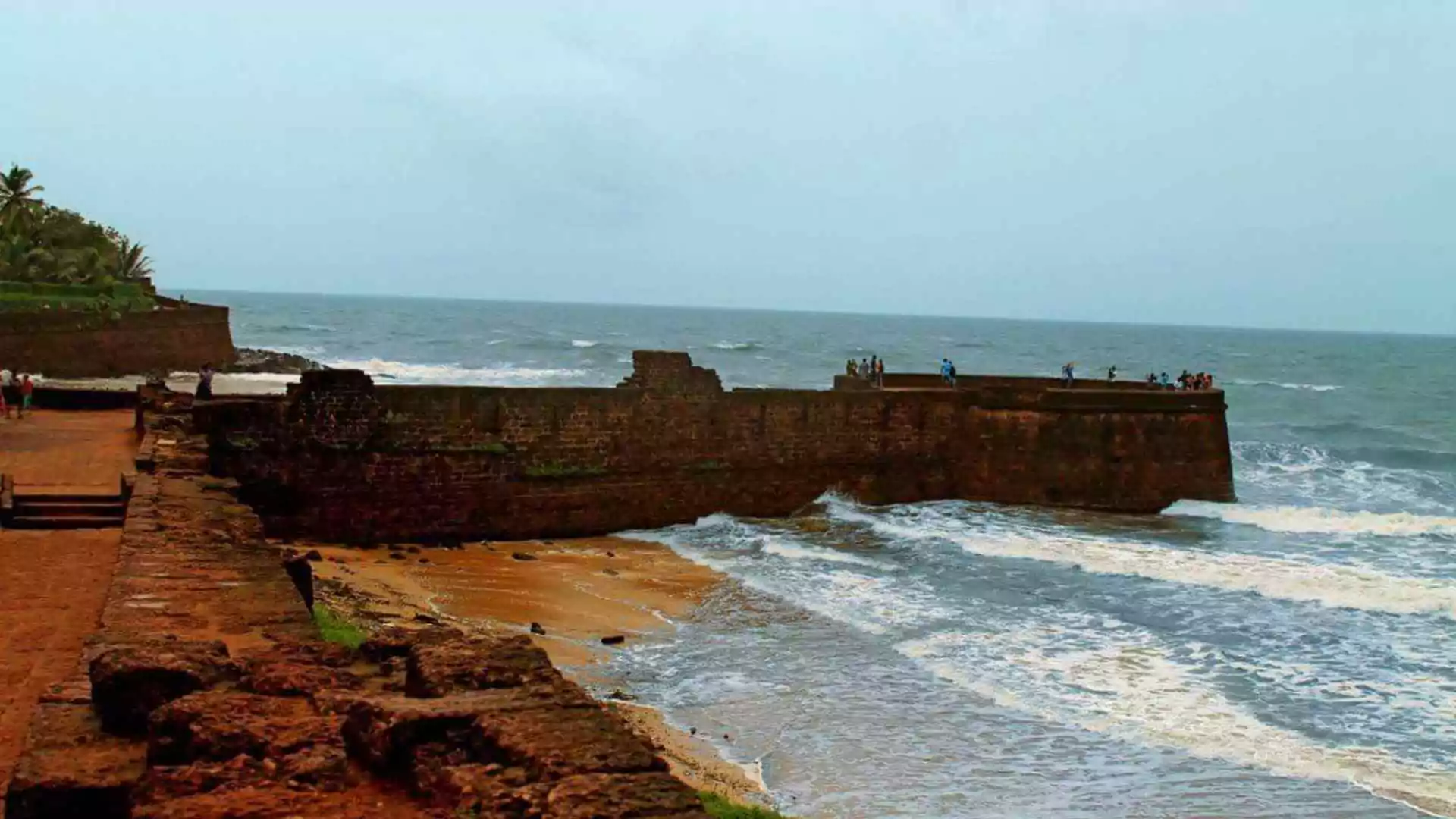India’s space program marked another historic milestone on Monday as the Indian Space Research Organisation successfully launched and placed two spacecraft into the desired orbit. The mission is significant for demonstrating space docking technology, a critical component for future interplanetary and space station missions. The achievement brings India closer to joining an elite group of nations capable of in-space docking.
ISRO Successful Launch of PSLV-C60 Mission
ISRO’s PSLV-C60 rocket successfully carried two spacecraft, Spacecraft A (SDX01) and Spacecraft B (SDX02), into a 475 km circular orbit. The mission, which began with a 25-hour countdown on Sunday, culminated in a spectacular launch at 10 PM from the First Launch Pad of the Satish Dhawan Space Centre. The 44.5-meter-tall rocket emitted thick orange fumes and a thunderous roar as it ascended into space.
Slow-motion liftoff and onboard views! 🚀✨
SpaDeX’s historic mission onboard PSLV-C60 delivers breathtaking visuals, showcasing India’s strides in space exploration. 🌌🛰️
Advertisement · Scroll to continue📖 More info: https://t.co/jQEnGi3W2d#SpaDeX #ISRO 🚀
📍 @DrJitendraSingh pic.twitter.com/5eJ6FAiIxI— ISRO (@isro) December 31, 2024
“The PSLV C60 mission has been successfully completed, with the SpaDeX spacecraft considered,” announced Mission Director M Jayakumar. ISRO later released stunning visuals of the rocket’s slow-motion liftoff and onboard footage.
India’s Progress in Space Docking Technology
The SpaDeX mission’s primary goal is to demonstrate in-space docking, a technology essential for satellite servicing, interplanetary missions, and future space stations.
ISRO Chief S Somanath explained the next steps: “The SpaDeX satellites have moved one behind the other, and over the period of time, it will pick up further distance, travel about 20 km away, and then the rendezvous and docking process will start. We hope the docking process can happen in another week, with a nominal timeline of January 7.”
Union Home Minister Amit Shah lauded the mission’s success, describing it as a “grand achievement” that positions India as a global leader in space technology. He stated, “This success opens a new path for Bharat in space docking technology and strengthens its role as a global leader in space.”
Bharat paces to become the fourth nation to master space docking.
Kudos to Team @isro on the successful launch of #SpaDeX Mission. This is a grand success that opens a new path for Bharat in space docking technology and strengthens its role as a global leader in space. All my… pic.twitter.com/PFiGrIlTEt
— Amit Shah (@AmitShah) December 31, 2024
Payloads and Innovations
One main component of the mission, POEM-4, is under the execution stage at present. With 24 payloads contributed by startups, industry, universities, and ISRO centers, this mission reflects India’s collaborative spirit in the area of space research. The payloads were launched late Monday night, with the payloads capable of carrying out varied scientific and technological research.
The two spacecraft, each weighing 220 kg, are designed specifically for space docking. Spacecraft A, dubbed the “Chaser,” and Spacecraft B, referred to as the “Target,” will merge at an altitude of 470 km. Scientists are meticulously monitoring their movement and preparing for the docking procedure.
India’s Space Ambitions
Referred to as a precursor to ISRO’s planned space station by 2035, the SpaDeX mission underscores India’s commitment to advancing its space capabilities. “In-space docking technology is essential for missions that require multiple rocket launches to achieve shared objectives,” ISRO noted. This technology will be pivotal for future missions like Chandrayaan-4, aimed at lunar sample collection, and the development of the Bharatiya Antariksh Station.
ISRO’s achievement marks a significant step forward as India moves closer to becoming the fourth country, after the US, Russia, and China, to master space docking technology.
A Year of Accomplishments for ISRO
The PSLV-C60 launch is ISRO’s final mission for the year 2024, marking 2024 as the year of remarkable achievements. The space agency had begun 2024 with the success of the PSLV-C58/XPOSAT mission on January 1. Notably, the PSLV-C60 rocket is the first to be integrated up to the fourth stage at the newly established PSLV Integration Facility (PIF) at the Satish Dhawan Space Centre.
Also Read: Koi Mat Aaana Manali’: Social Media User Warns, Watch Video





















